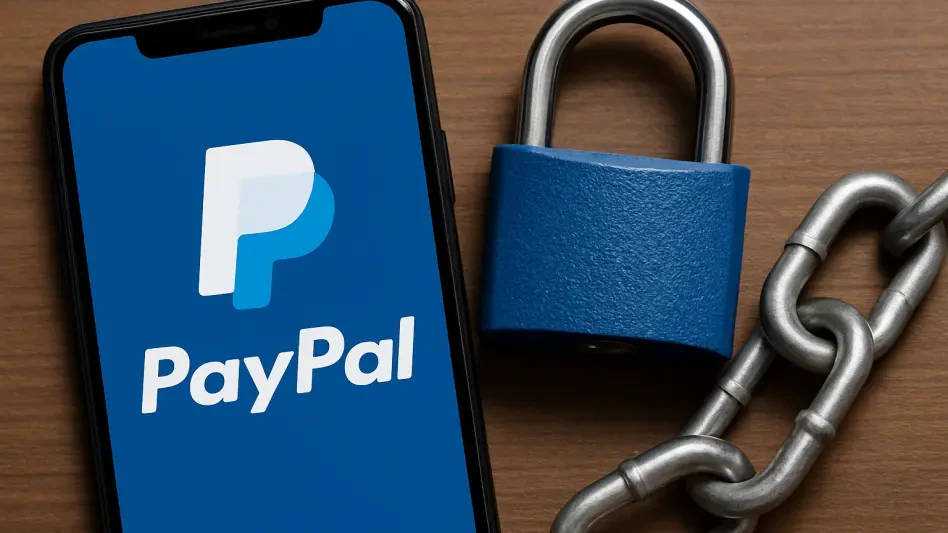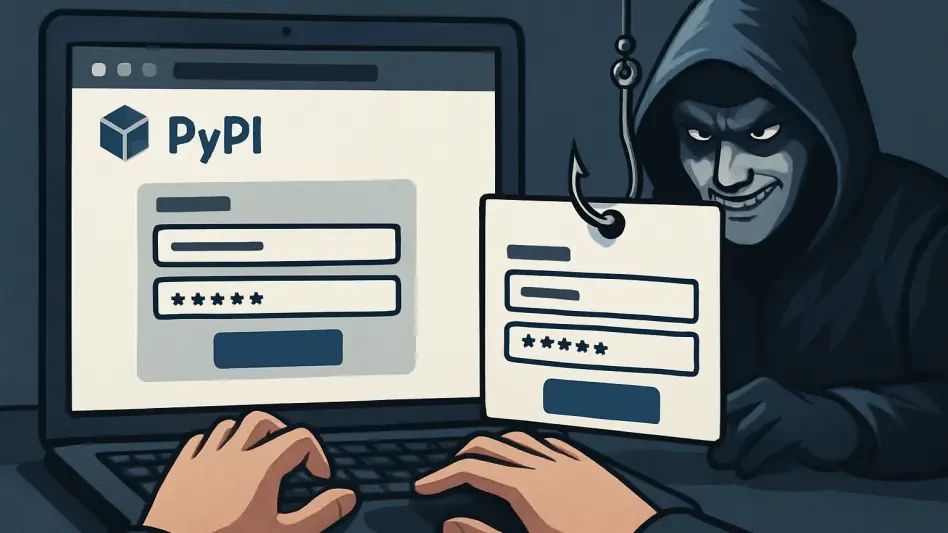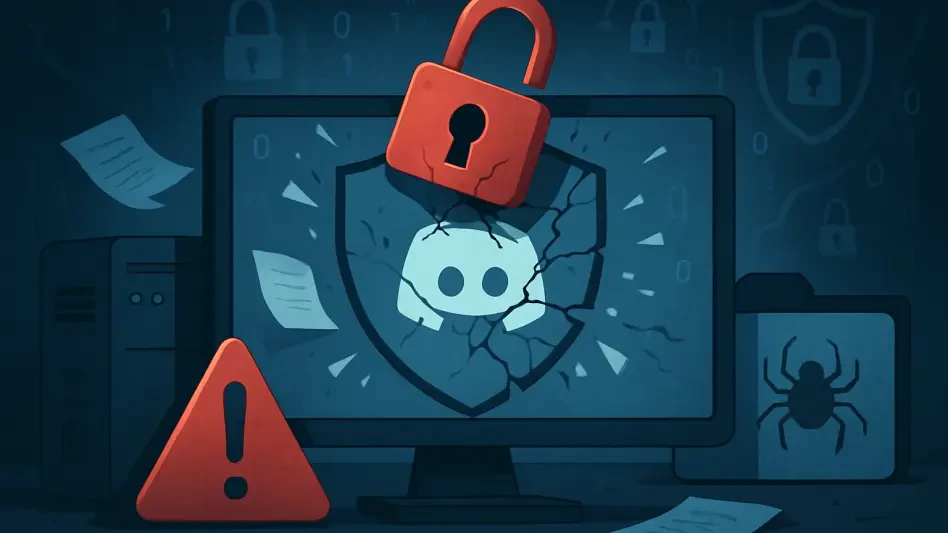Imagine logging into your PayPal account only to discover unauthorized transactions draining your funds at an alarming rate, leaving you with a sinking feeling of vulnerability and an urgent need to act fast. In today’s digital landscape, financial platforms like PayPal are prime targets for cybercriminals seeking to exploit weak security measures or user oversight. A hacked account can lead to significant financial loss and compromised personal information, making an immediate response and robust protection critical. The prevalence of such incidents underscores the importance of knowing how to respond effectively when a breach occurs. This article outlines actionable steps to regain control of a compromised PayPal account and provides essential strategies to safeguard it against future threats. By following these guidelines, users can minimize damage and build a stronger defense against cyber threats that continue to evolve with increasing sophistication.
1. Taking Immediate Action to Regain Control
When a PayPal account shows signs of unauthorized access, every second counts in preventing further damage and recovering control. The first step is to change the account password immediately by navigating to the security settings within the platform. It’s vital to create a strong, unique password that hasn’t been used on other accounts, especially for email addresses linked to PayPal, as attackers often target associated accounts for broader access. Utilizing a reputable password manager can simplify the process of generating and storing complex passwords, reducing the risk of reuse. Additionally, reviewing recent transactions for suspicious activity is crucial at this stage. Any unfamiliar payments or transfers should be flagged through the resolution center to initiate disputes, which may lead to refunds if acted upon swiftly. Contacting PayPal support to report the incident and temporarily lock the account adds an extra layer of security while the situation is resolved.
Beyond password changes and transaction reviews, further immediate actions can help secure the account and limit losses. Activating two-factor authentication (2FA) is a non-negotiable step, preferably through an authenticator app rather than SMS, as apps provide stronger protection against interception. Checking for unauthorized devices linked to the account under security settings is also essential—any unfamiliar devices should be deregistered without delay. If funds have already been withdrawn, notifying linked banks or credit card providers to block transactions or issue new cards can prevent additional unauthorized withdrawals. These rapid responses collectively form a critical defense against ongoing threats, ensuring that attackers are locked out while recovery efforts proceed. Staying proactive during this phase minimizes the potential for long-term financial impact and helps restore confidence in using the platform for secure transactions.
2. Building Long-Term Security for Protection
Once control over a compromised PayPal account is regained, implementing long-term security measures becomes the priority to prevent future breaches. A foundational step is maintaining a strong, unique password that combines letters, numbers, and special characters, avoiding any repetition across other services. Password managers remain invaluable tools for managing such credentials securely. Enabling 2FA, ideally via an authenticator app, adds a critical barrier that significantly reduces the likelihood of unauthorized access, even if a password is compromised. Additionally, activating account notifications for transactions or login attempts ensures that any unusual activity is detected promptly through email or push alerts. Regularly monitoring transaction history for anomalies further strengthens this proactive approach, allowing users to address potential issues before they escalate into major problems.
Beyond technical safeguards, user behavior plays a pivotal role in maintaining account security over time. Vigilance against phishing attempts is essential—legitimate communications from PayPal will never request passwords or sensitive information via email or suspicious links. Accessing the account only through secure, private devices and avoiding public Wi-Fi or shared systems minimizes exposure to potential threats. Using the official PayPal app rather than browser access on unfamiliar devices offers enhanced security features and protection against phishing scams. Limiting transactions to trusted recipients and utilizing buyer protection options can also reduce risks associated with fraudulent transfers. By adopting these habits and staying informed about emerging cyber threats, users can create a robust defense system that adapts to the evolving tactics of malicious actors, ensuring sustained safety for their financial activities.
Fortifying Digital Defenses for Peace of Mind
Reflecting on the steps taken to recover and secure a compromised PayPal account, swift actions like password resets, 2FA activation, and transaction disputes proved instrumental in mitigating immediate damage. Long-term strategies, including vigilant monitoring and cautious online behavior, established a solid foundation for ongoing protection. Moving forward, staying updated on security best practices and emerging threats remains crucial to maintaining this fortified stance. Exploring additional tools, such as advanced fraud detection services or regular security audits, could offer further reassurance. By consistently prioritizing these measures, users not only safeguard their financial assets but also contribute to a broader culture of cybersecurity awareness that benefits the digital community at large.








